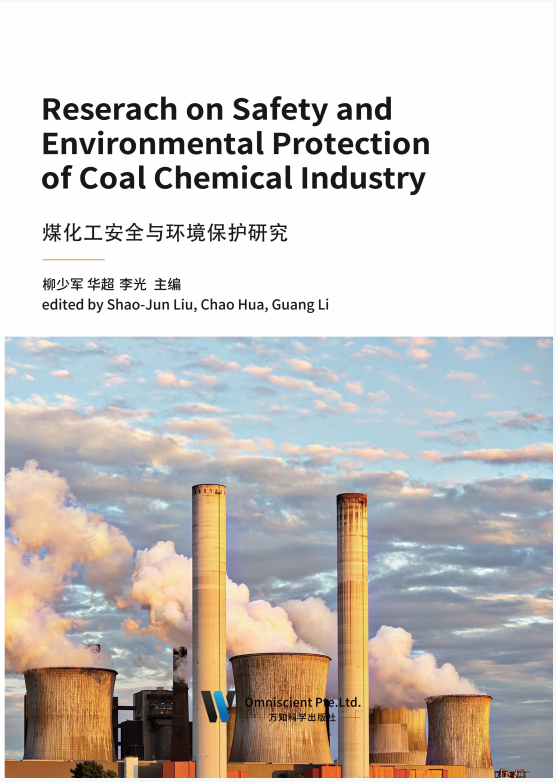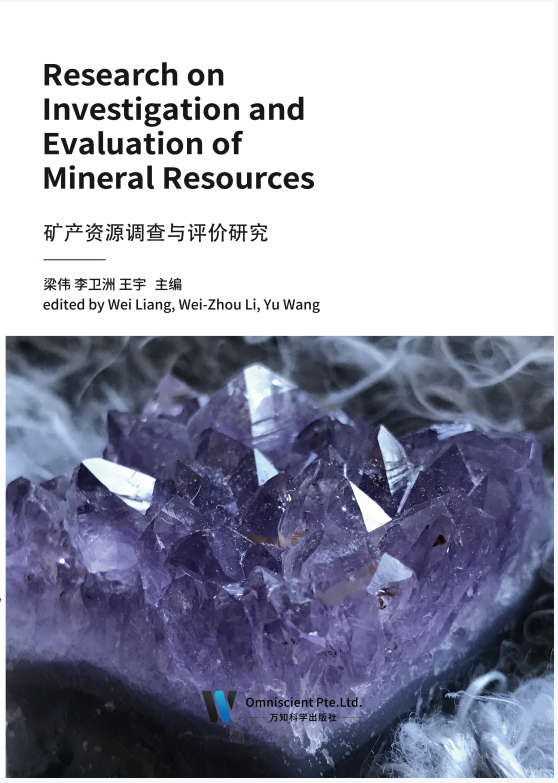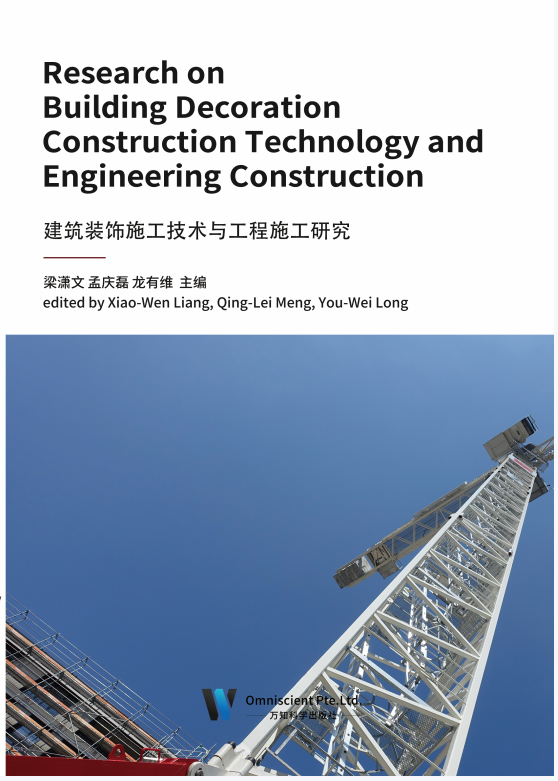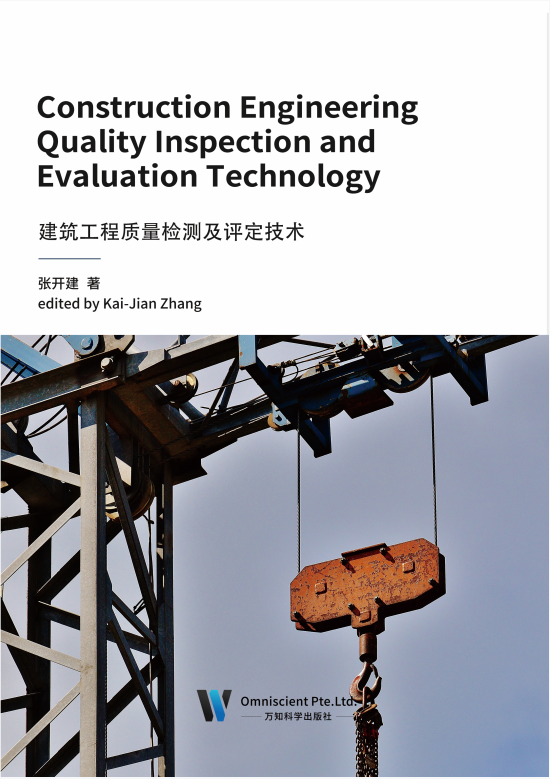
随着我国经济实力的不断提升,煤化工行业也得到了迅速发展,安全工作也越 来越得到重视。但是煤化工等危化品企业的安全现状仍然不容乐观,事故频发。一 些化学品特别是环境危险化学品在生产、运输和储存等过程中,也常因使用或管理 不当,往往发生泄漏、燃烧甚至爆炸等突发性环境污染事故,严重危害人类健康, 甚至导致生态环境的破坏。环境危险化学品已被联合国环境与发展大会列为全球七 大环境问题之一,突发性环境污染的预防和应急处置引起了世界各国的关注。 煤化工企业要想发展,就必须以节能减排降耗为目标,努力克服自身地理环境 劣势,严格按照多元化、多渠道、多方式、多思路的模式发展企业,不断增强市场 竞争力。为了满足可持续发展要求,很多企业在构建煤化工项目期间,就开始着手 环境保护管理,使所有环境污染问题可以得到有效控制。加强环境管理,对提升企 业经济效益有着非常积极的意义。 煤化工行业向可持续化方向发展,以循环经济、生态工业、清洁生产和健康快 速发展为目标。总的看来,只要采取得力措施,集成采用各种先进适用的环保新技 术和新装备,付出足够的基建投资和经济运行费,以及严格的日常管理,绝大部分 的安全事故、环境污染是可以得到治理和控制的。

矿产资源的可持续发展是指如何实现资源的永续利用。矿产资源是有限的,过 去人们片面追求经济增长而导致大量的资源浪费和环境污染等问题,越来越突出地 出现在人们面前。因此,矿产资源的可持续发展问题日益受到人们的重视。 矿产资源是我国经济社会发展的重要能源,当前我国经济发展正处于特殊时 期,节约型、环境友好型和谐社会建设也在不断推进,妥善处理好矿产资源领域若 干重大问题,加强矿产资源的综合利用势在必行,这也是解决我国资源保护和合理 利用的重要基础。 当今世界,人口的增长以及发展中国家工业化现代化进程的加快,使全球资源 消费总量进一步增加,尽管全球性经济危机导致资源价格出现大幅波动,但资源稀 缺的态势不会改变。资源开发的前瞻研究,不仅要研究如何高效清洁利用好矿产资 源以及加快开发利用可再生资源,更要把握世界资源生产与消耗的发展趋势,把握 世界资源发展的态势。 矿产资源可持续性发展是我国矿业管理的基本国策。我国矿产资源丰富,但贫 矿多,富矿少;共生矿多,单一矿少。同时多年开采形成了大量的尾矿和废堆矿石, 既是资源,也是巨大的环境污染源。因此,必须制定有利于矿产资源可持续发展的 政策,并研发新理论、新技术、新方法,使资源得到高效的利用,使矿产勘查工作 得到突破性发展。

介入治疗方式,指的是在应用影像设备的引导下通过人体血管、皮肤的微小通 道,最终达到对局部病灶进行治疗的手段。它是一种介于外科、内科之间的治疗方 法,在医学治疗上具有非常重要的研究价值。介入护理,不单单是介入治疗中的一 大重要组成部分,而且还是目前临床护理学中的一大分支。总体来说,介入护理包 括了对患者进行的心理、生理、社会等各个方面的护理内容,它对于促进患者的身 体健康恢复具有现实性的意义。 介入放射学是一门年轻的学科,但是近年来随着材料、工艺及生物技术的发展, 介入放射学在许多临床领域取得了巨大的进步。由于介入技术更趋于微创、快速、 安全及有效,使许多以前临床认为难于处理的病变得以明确诊断,并得到有效治疗。 随着介入诊疗手段的不断完善和扩充,医生手术操作的不断规范和提高,介入诊疗 已深受临床医生及患者的信赖和欢迎。介入诊疗的护理工作也随之产生和发展起来, 在介入治疗中发挥重要的作用。 介入护理方式在介入治疗中发挥的作用可谓非常重要,它不仅仅能够帮助患者 顺利地完成手术,而且还可以预防患者在术后发生的并发症,促进患者的健康恢复, 对于提高患者的生活质量水平有很大的帮助作用。

我国逐渐步入世界强国之林,人民的生活水平日益提高,对所居住环境比以往 有了更多的要求,例如所居住城市绿化、所居住小区环境、房屋建筑的装饰装修。 其中房屋建筑装饰装修越来越受到人们的重视,人们对建筑装饰装修质量的要求越 来越高,建筑装饰装修工程得以迅速发展起来。 新时代来临以后,建筑工程的装饰施工风险不断增加,很多技术的执行、操作, 都具有自己的规范和标准,继续按照老旧的理念和方法来完成,将很容易造成严重 的缺失和疏漏现象,而且在短期内是无法弥补的。建筑工程的装饰施工,要结合工 程自身的特点、要求,以及业主的需求来进行装饰,尽量大幅度提升对装饰的综合 效用,促使业主在生活方面、办公方面得到更多的支持和保障。 现阶段的工程建设数量不断提升,为了在具体的使用效果上得到更好的提升, 必须加强装饰施工的开展,这是一项非常重要的工作内容,而且对工程行业的发展 能够产生良好的推动效果。目前来看,建筑工程的装饰施工必须对技术体系不断优 化,从多个角度进行良好的转变,最大限度地确保技术的功能得到良好的体现,为 地方工程的综合进步提供较多的帮助。但是,建筑工程的装饰施工必须在技术的创 新力度上不断提升,从而减少不良问题的反复发生。文章就此展开讨论,并提出合 理化建议。

随着科学技术的飞速发展,我国的建筑工程有了非常大的提高。建筑工程在进 行施工的环节中最重要的一项就是打地基,而其中混凝土结构在整个建筑工程当中 都是非常重要的一项,一定要严格根据实际的性能、周边的温度等不同的情况准确 地进行测量,才能够选择最合适的物品。也正是由于严谨的施工流程才能够确保建 筑工程的质量,从而有效地保障人们的生命财产安全。 建筑工程质量不仅关系到工程的适用性和建设项目的投资效果,而且还关系到 人民群众生命财产的安全。随着我国现代化建筑事业的蓬勃发展,建筑规模不断扩 大,一旦发生工程质量问题,会直接影响公共利益和公众安全,所以,建筑工程的 质量检测越来越成为人们所关注的热点。 总而言之,对工程进行建设的过程是非常复杂的也是一项系统性的过程,老旧 的管理办法已经不能有效地满足现阶段工程发展的状态,现阶段,信息化的管理方 式正在快速的应用,不但能够在对工程进行施工的过程当中,全程、有效地进行监 管,还能够有效地实现项目的监督以及预警的重要工作。